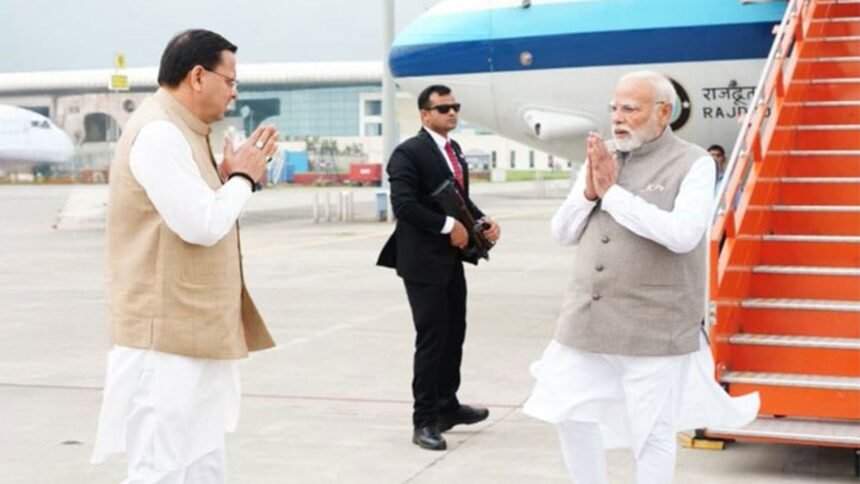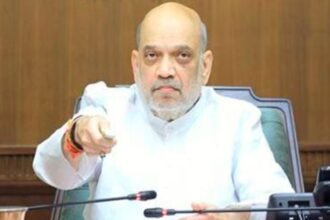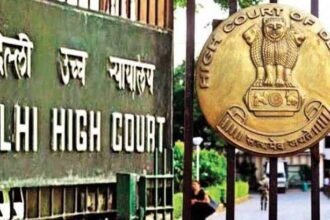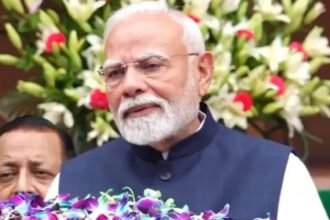Prime Minister Narendra Modi reached Dehradun today to review the ongoing relief and rescue operations in Uttarakhand, a region battered by relentless monsoon rains, flash floods and landslides. His visit included an aerial survey of the worst-affected zones followed by a high-level meeting with state and central officials to assess damage and fast-track rehabilitation efforts.
Uttarakhand Chief Minister Pushkar Singh Dhami personally oversaw preparations at Jolly Grant Airport ahead of the Prime Minister’s arrival, directing local authorities to ensure all logistical and security arrangements were in place. Modi’s schedule involved an aerial survey around 4:15 pm, followed by a review meeting at approximately 5 pm.
The state government has submitted a memorandum to the Centre seeking a special relief package of ₹5,702 crore. This package aims to compensate for damages, restore damaged infrastructure, and stabilize vulnerable assets. Modi’s visit is expected to accelerate decisions on this request and mobilize central support for recovery operations.
An inter-ministerial central team led by R Prasanna, Joint Secretary in the Ministry of Home Affairs, has been evaluating the full scope of losses. The team is surveying districts such as Uttarkashi, Chamoli, Rudraprayag, Pauri Garhwal, Bageshwar, and Rudraprayag to document damages to roads, bridges, homes, crops, livestock, and more. Recent reports show many homes completely destroyed, with communication and road connectivity heavily impacted.
Analysis & Implications
Modi’s trip symbolizes more than ritual leadership—it is intended to send a message of urgency and accountability. The aerial survey will inform tactical decisions about resource allocation, while the review meeting should determine the nature and timing of central funds. For Uttarakhand, which has seen extraordinary 22% excess rainfall this season, infrastructure resilience is under scrutiny and long-term preventive planning is expected.
While the state’s relief requests are substantial, coordination between state, Centre, and disaster response agencies like NDRF, SDRF, BRO, and local governments will be key to avoiding delays. The speed of approval and disbursement for the requested ₹5,702 crore could make a significant difference for stranded families, damaged farmlands, and disrupted livelihoods.















